Back-to-Office Mandates: 10 Reasons Companies Want You Back (Beyond Productivity)
Back to Office Isn’t Going Away — So What Now?
The frustration is real and you're not imagining it. Your commute is now longer, your flexibility is gone, and those back-to-back Zooms? They're now in person and just as inefficient. Despite years of proving remote and hybrid work can succeed, companies are dragging employees back to the office.
You're not alone in wondering: Why are we being asked to return when work-from-home was working?
This blog breaks it all down. We’ll unpack the deeper, less-discussed reasons behind return-to-office (RTO) mandates and how to make the best of it to help you thrive in this new (and often frustrating) era of work.
What the Research Actually Says About Return-To-Office
Let’s look at the facts before diving into corporate politics. Stanford economist Nicholas Bloom, who leads the Work From Home Research Project, has spent years analyzing remote work trends. His findings cut through the assumptions and reveal what’s really happening inside hybrid and return-to-office (RTO) policies.
1. Employees Are Resisting Full-Time Office Mandates
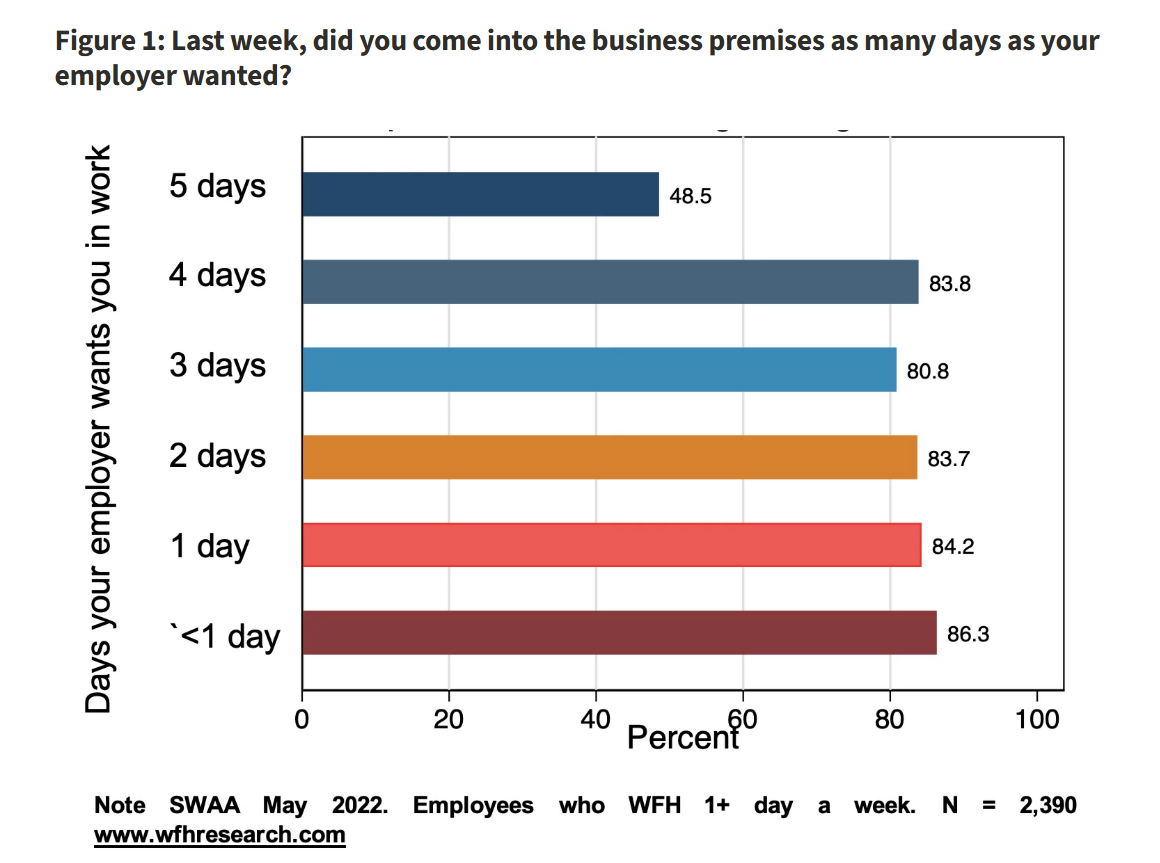
Source: The Great Resistance: Getting employees back to the office, Nicholas Bloom , July 22, 2025 , Standford Institute for EconomicPolicy Research (SIEPR)
The data highlights a counterintuitive trend: companies enforcing five-day office mandates are experiencing lower employee attendance compared to those offering more flexible 1–4 day in-office requirements. Even among the more moderate mandates, compliance isn’t perfect—attendance rates average around 80%, meaning most teams still have one or two members working remotely on any given day.
This inconsistency disrupts collaboration, often leaving employees commuting to the office only to join virtual meetings with colleagues who stayed home. Despite these challenges, over 40% of managers reportedly take no action when employees disregard return-to-office policies. In fact, many quietly admit they support hybrid arrangements and prefer focusing on output rather than strict presence. This passive resistance reflects a broader shift: the traditional office model is being quietly redefined from within.
2. Managers Are Divided on How to Respond
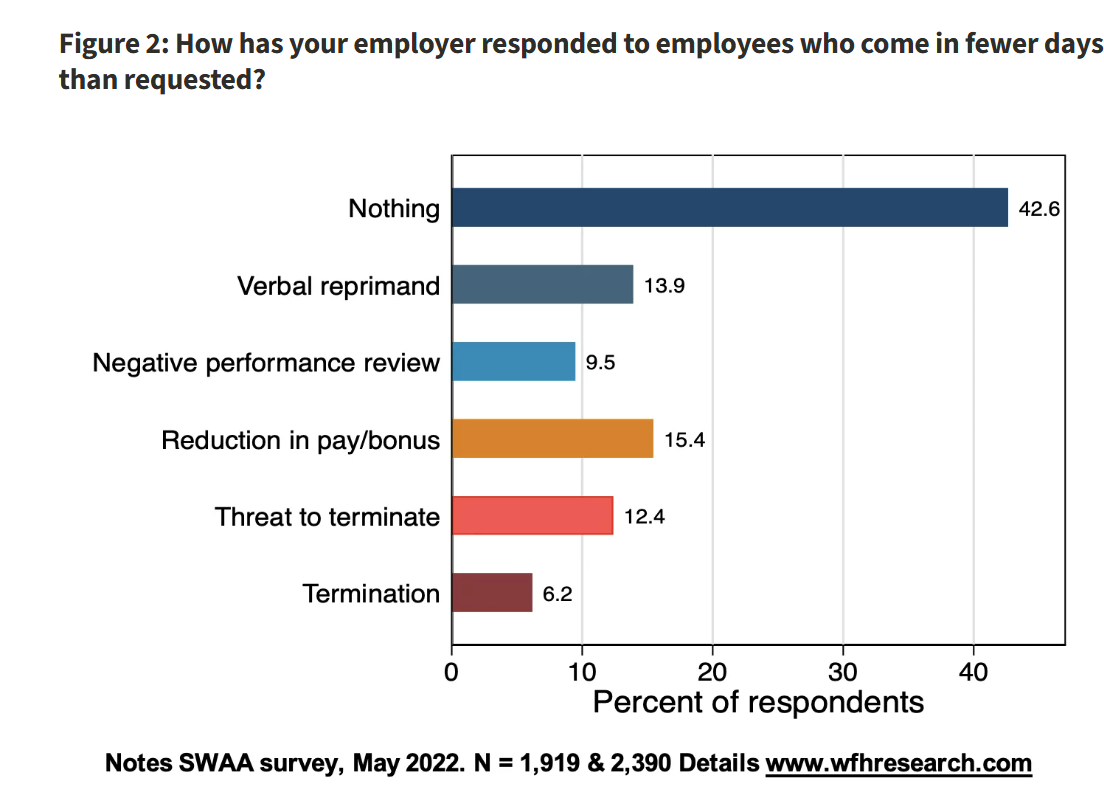
Source: The Great Resistance: Getting employees back to the office, Nicholas Bloom , July 22, 2025 , Standford Institute for EconomicPolicy Research (SIEPR)
When asked how they respond to employees who come in fewer days than requested, over 40% of managers admit to doing nothing. Many quietly tolerate the behavior, especially when work is still getting done. Some managers even disagree with the mandates themselves, viewing hybrid schedules as more realistic and sustainable.
Meanwhile, the remaining 60% enforce a range of penalties from verbal warnings to pay cuts and terminations. This split reveals a growing gap between policy and practice where leadership often turns a blind eye while official rules remain rigid on paper.
3. Strict Mandates Risk Triggering Employee Quits
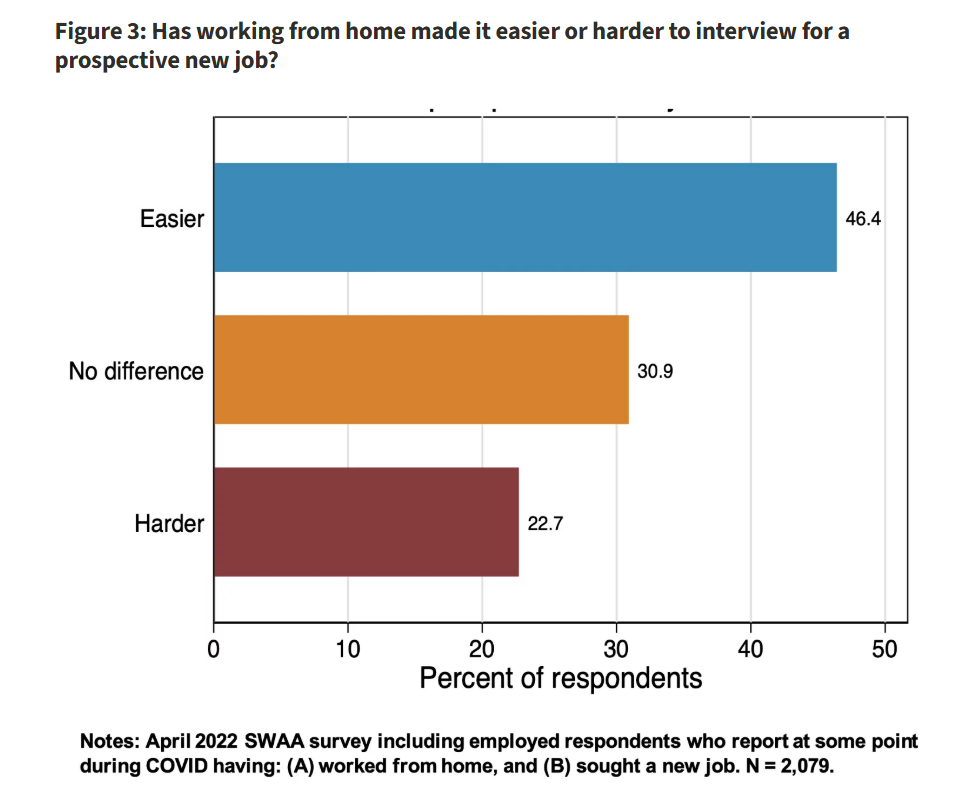
Source: The Great Resistance: Getting employees back to the office, Nicholas Bloom , July 22, 2025 , Standford Institute for EconomicPolicy Research (SIEPR)
Work-from-Home Makes Quitting (and Interviewing) Easier Than Ever
Enforcing strict in-office mandates puts managers in a difficult position: if employees are meeting goals remotely—as they did during the pandemic—it becomes hard to justify penalties for non-compliance. Yet failing to enforce the policy can make leadership appear weak. What’s more, remote work gives employees greater freedom to search and interview for jobs discreetly.
According to April 2020 data, nearly 50% of respondents said it was easier to job hunt from home (Figure 3). This convenience has led to what some call “impulse quits,” where frustrated employees rapidly secure new roles—sometimes within the same day. In competitive sectors like tech, this trend is already reshaping how companies think about RTO pressure.
Who’s Leading the Back-to-Office Movement?
.png)
These Companies Are Enforcing Return-to-Office Mandates in 2025:
Tech Companies
- Apple
- Amazon
- Meta
Finance Companies
- JPMorgan Chase
- Goldman Sachs
- Bank of America
Consulting & Law:
- Deloitte
- PwC
- KPMG
Retail & Consumer Companies
- Starbucks
- Disney
- Walmart
Many of these companies are doubling down on RTO even when internal pushback or hybrid success stories suggest otherwise.
Back to Office vs. Remote Work: Which One Wins?
The performance metrics continue to favor hybrid and remote work models:
- Productivity: Studies show that 77% of remote workers report higher productivity, with 30% accomplishing more in less time and 24% doing more within the same timeframe. This boost is often attributed to fewer workplace distractions, more focused work hours, and a better work-life balance—especially for tasks that require deep concentration.
- Innovation: Despite persistent myths, collaboration doesn’t die outside the office. Teams using asynchronous tools like Slack, Miro, and Zoom report comparable, if not better, outcomes for brainstorming and project ideation—especially when given time to process ideas before responding.
- Retention: Flexibility is no longer a perk, it’s a requirement. Surveys show it ranks among the top three priorities for job seekers, particularly among Gen Z and Millennial employees. Many are willing to leave jobs that don’t accommodate hybrid or remote options.
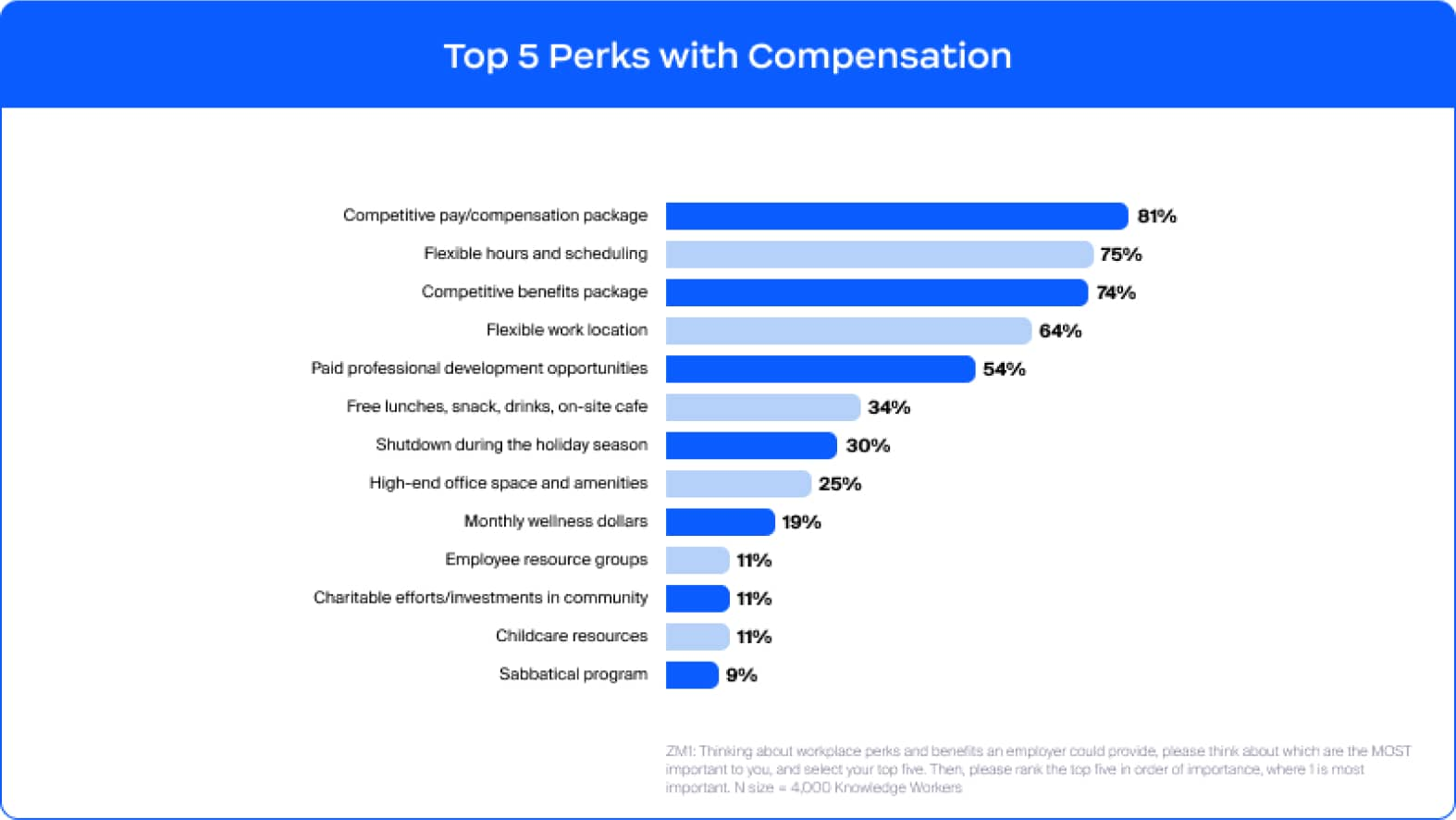
Source: Survey: Flexible work rises as top perk
So why are so many companies doubling down on return-to-office mandates? Why do companies keep pushing return-to-office if the numbers don't back it up?
10 Surprising Reasons Companies Want You Back in the Office
While many leaders publicly cite collaboration, productivity, or company culture as reasons for return-to-office (RTO) mandates, the reality behind the push is often far more complex and less data-driven. Behind closed doors, decisions are shaped by emotions, outdated systems, financial pressures, and unspoken power dynamics.
Here are 10 lesser-known but increasingly common reasons companies are calling employees back:
1. Justifying Real Estate Costs
Many companies have long-term leases or own expensive office spaces that are now sitting underutilized. Many companies have signed a new long-lease agreement before the pandemic occurs. Executives feel financial and reputational pressure to “make use” of those assets—regardless of whether in-person work boosts performance.
2. Power and Control Dynamics
For some leaders, having employees physically present restores a sense of authority and direct oversight. It’s less about trust and more about the traditional comfort of seeing workers “under one roof.”
3. Signaling Loyalty Through Presence
In industries like finance and law, being seen at your desk is still viewed as a sign of commitment. This “face-time” loyalty culture persists, even though studies show remote workers can be just as, if not more, dedicated.
4. Visibility and Hierarchy Bias
Leaders may unconsciously reward employees they see in person more often—assuming they're more engaged or valuable. This bias reinforces outdated management hierarchies that favor presence over measurable results.
5. Strategic Attrition via RTO
Instead of initiating formal layoffs, some companies impose rigid RTO policies knowing that employees who value flexibility will leave on their own. This passive-aggressive tactic trims headcount without the PR risk of layoffs.
6. Cultural Inertia: “This Is Just How It’s Done”
Some executives resist change, not because data supports in-office work, but because they associate tradition with effectiveness. A full office feels more familiar and “serious,” even when productivity metrics suggest otherwise.
7. Middle Management Insecurity
Many middle managers struggle with managing distributed teams effectively. Without in-person oversight, they feel a loss of control—leading them to push for a return to office as a way to reassert their authority.
8. Misinterpreting Hybrid Success
Some leaders wrongly assume that if hybrid work is working well, a full return must be even better. They fail to see that the success of hybrid models often hinges on the flexibility they’re now trying to remove.
9. Flawed Collaboration Assumptions
The belief that spontaneous hallway chats or watercooler moments drive innovation is overblown. In reality, structured digital collaboration—via Slack, Teams, or Zoom—has been more effective for many remote teams.
10. External Pressures (Clients, Investors, Politics)
Some companies fear that staying remote might be perceived as a lack of discipline or competitiveness. Whether due to investor expectations or political narratives, they feel pressured to look “serious” by bringing people back.
When the “Why” Misses the Mark, So Does the Outcome
As we've uncovered, many return-to-office mandates aren’t rooted in productivity or innovation—but rather in optics, tradition, and control. Unfortunately, when the motivations behind RTO policies miss the mark, the outcomes often do too.
Here’s what companies are increasingly experiencing:
Burnout on the Rise
Long commutes, rigid schedules, and lack of flexibility are draining employees and increasing mental fatigue.
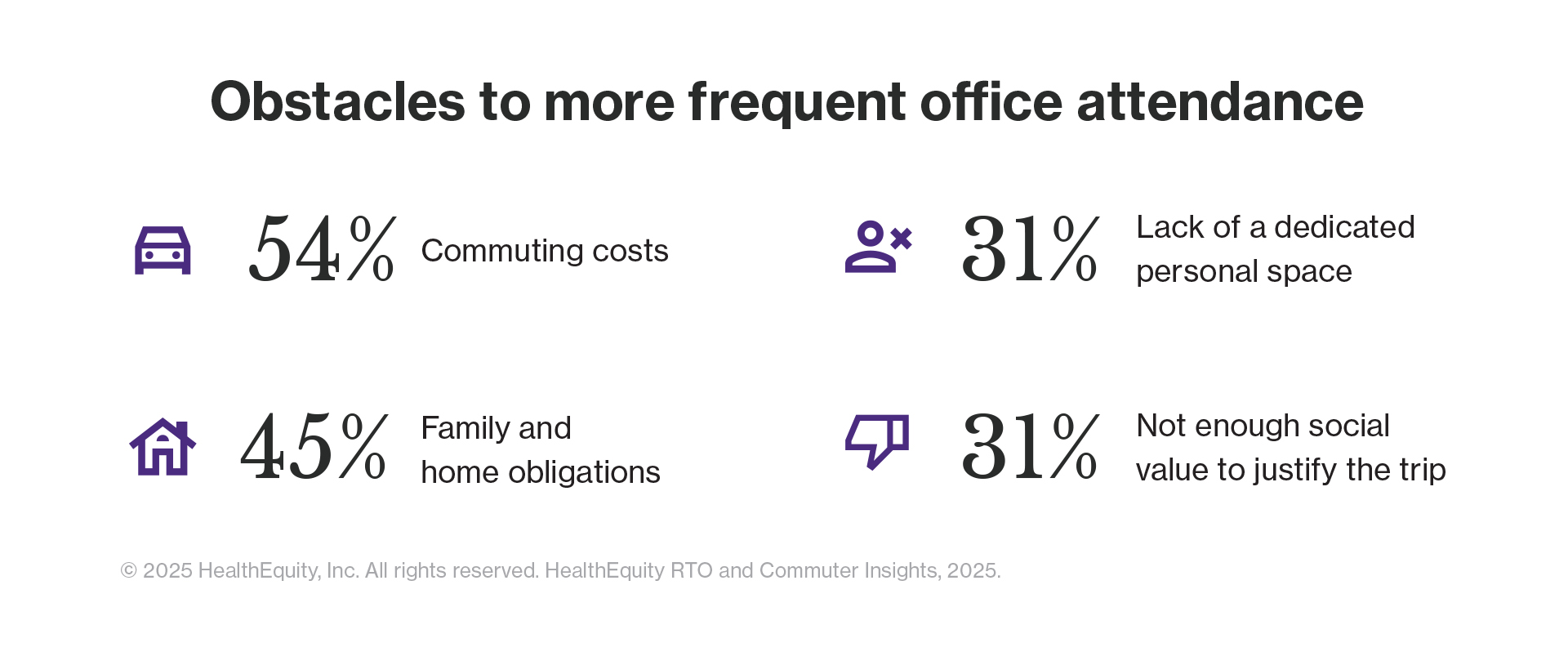
Source: New survey: Top return-to-office strategies employees truly value, 2025, HealthEquity
Quiet Quitting
Feeling unheard or micromanaged, many workers begin to disengage—doing only what’s required, with no extra energy to give.
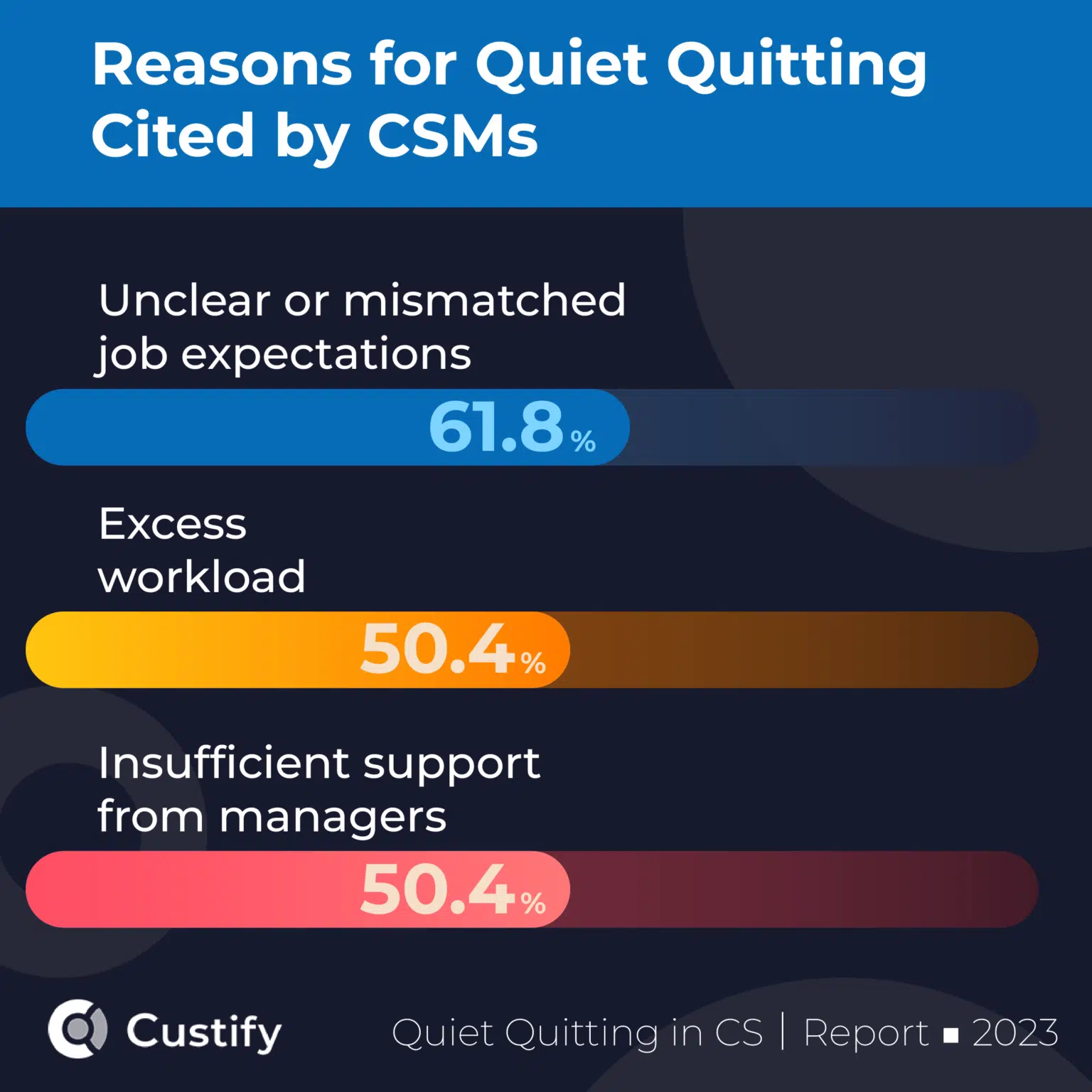
Source: 2023 Quiet Quitting and Employee Satisfaction in Customer Success Study, 2023, Custify
Increased Attrition
Talented professionals especially Gen Z and Millennial workers are walking away from companies that won’t offer flexibility.
Stifled Innovation
Forcing everyone into a shared physical space can dull creativity and hinder the asynchronous collaboration that remote tools often enhance.
The bottom line? Mandates based on fear or outdated assumptions can have the opposite effect of what leaders intend—hurting engagement, culture, and long-term business outcomes.
Read: Quiet Quitting: A Step Away from Hustle Culture
Since Back to Office Is Inevitable, Here’s How to Make It Smarter
If you can’t fight it, outsmart it. Here’s how:
a. Upgrade to a Smarter Office Environment
Ditch outdated tools. Invest in:
- AI-powered collaboration systems
- Noise-canceling headsets
- 360° video conferencing tools

Device with AI features and exceptional comfort are perfect for hybrid meetings and open office environments. It ensures every word is captured clearly, even in the noisiest and busiest office spaces.
b. Make Your Desk Setup Work for You
Based on Indeed’s "29 Must-Have Office Desk Items":

Consider:
- Adjustable standing desks
- Blue-light-blocking screens
- Balance Boards
- Plants or photos that personalize the space
Read here to get more ideas.
c. Rethink Back Office Strategy for Efficiency
Back office = massive opportunity. Companies like EXL are using digital tools to:
- Automate workflows
- Improve data visibility
- Reduce admin overhead
Smarter workflows = faster decisions and happier teams.
d. Build a Trust-Based, Hybrid-Friendly Culture

Mandates don’t have to be militant. To modernize your office workplace:
- Allow flexible hours
- Prioritize outcomes, not face time
- Train leadership on hybrid best practices
The Smarter Way Forward: Adapt, Don’t Retreat
By now, it’s clear: the return-to-office wave isn’t driven solely by logic or data—it’s driven by fear of change, institutional habits, and image management. And while it’s tempting to push back, the reality is that many employees will have to navigate this shift whether they agree with it or not.
But here’s the good news: you’re not powerless.
Instead of getting stuck in frustration, we can pivot toward smarter solutions. You can’t always choose if you return, but you can choose how. Equip yourself and your team with tech that works for today’s demands. Create a desk setup that supports focus and comfort. Advocate for trust-first leadership and results-driven work, no matter where it happens.
For leaders, this is a call to modernize not by forcing outdated office norms, but by enabling performance through clarity, flexibility, and the right tools. That’s how you future-proof your culture.
Adaptability beats control. Smart beats loud. And trust? That beats everything.
So if you’re heading back to the office, do it on your terms. Start with smarter gear. Start with smarter strategy.
Start with Coolpo.










